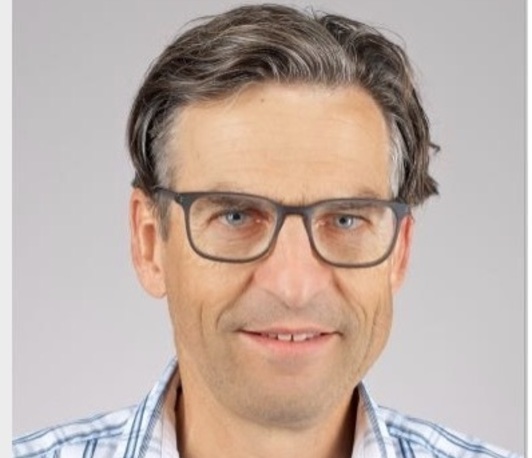Bridging scales from surface science to atmospheric chemistry and climate
Joint Seminar of AC and Theory
- Date: Nov 17, 2022
- Time: 03:00 PM - 04:30 PM (Local Time Germany)
- Speaker: Prof. Dr. Markus Ammann
- Paul-Scherrer-Institut, Villigen Schweiz
- Location: Building M, Richard-Willstätter-Haus, Faradayweg 10, 14195 Berlin
- Room: Seminar Room
- Host: Dr. Hendrik Bluhm
- Contact: bluhm@fhi-berlin.mpg.de

The importance of these processes on polar stratospheric cloud particles has been at the origin of the new discipline of atmospheric multiphase chemistry, which deals with a range of processes in solid or liquid atmospheric particles and cloud droplets, which are relevant for the chemical composition of aerosol particles, for the life time of aerosol particles, their health and climate impacts, but also for gas phase composition, as for instance the ozone budget in the troposphere and the stratosphere. The previously unexpected acceleration of several chemical reactions within aerosol particles have often been often been attributed to interfacial phenomena. Therefore, the opportunity to probe such surfaces under equilibrated ambient conditions using XPS has been a tremendous opportunity to understand important atmospheric processes at molecular level detail. However, the inclusion of molecular level details into larger scale models for impact assessment has remained a challenge. Using the example of oxidation of halide ions by ozone, I will review our own spectroscopic and kinetic results and demonstrate in what way the surface specific reaction pathways have been included in atmospheric models to obtain insight into how halogen chemistry affects the ozone budget and climate. I will try to formulate essential needs in atmospheric chemistry, where surface science could make an important contribution in the future.
For Zoom, please use this link:
https://zoom.us/j/98570609614?pwd=QUE5Z29OVTUxUGxqNzBqaWI1VjRzQT09 Meeting ID: 985 7060 9614 Passcode: 371041